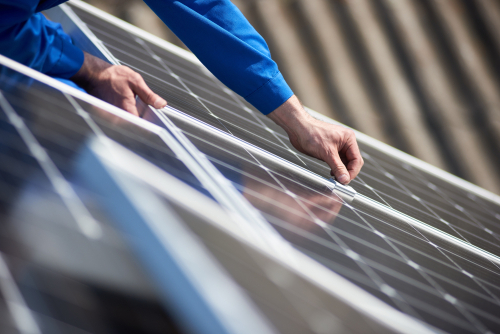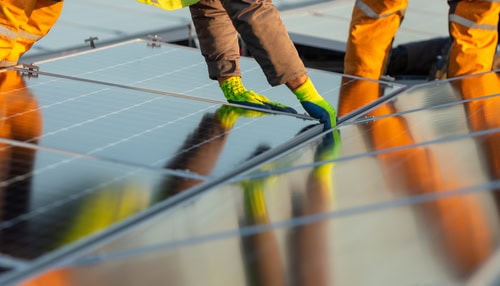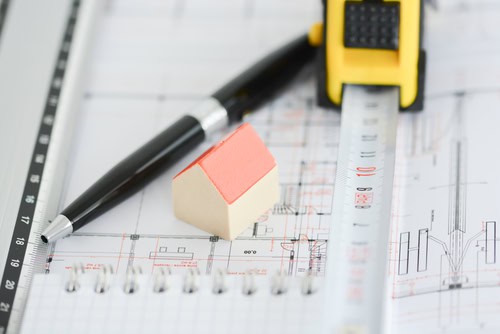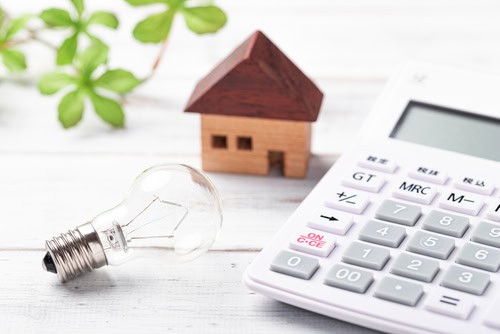
How Many Solar Panels Do You Need?
December 9, 2022
How To Manage The Efficiency Of Solar Panels
December 29, 2022Beginner’s Guide To Going Solar For Your Home

Beginner’s Guide To Going Solar For Your Home. Are you interested in using solar energy to power your home but need help figuring out where to start? Going solar can be a big undertaking, but it can also be a rewarding and cost-effective way to generate electricity for your home. In this beginner’s guide, we’ll cover everything you need to know to get started with solar energy for your home.
First, let’s start with the basics: what is solar energy, and how does it work? Solar energy is the energy that is generated from the sun’s rays. Solar panels, also known as photovoltaic panels, are installed on the roof or a separate structure on your property and convert sunlight into electricity.
The electricity generated by the solar panels is then used to power your home, and any excess electricity is sent back to the grid for others to use.
Factors to consider when deciding whether solar energy is suitable for your home:

Location: The amount of solar energy your home can generate depends on the site. Homes in sunny and warm climates will generally be able to create more solar energy than homes in cooler or cloudier temperatures.
Roof orientation and shading: For solar panels to be practical, they need to be placed in an area with plenty of sunlight. If trees or other structures shade your roof, it may not be the best location for solar panels.
Energy usage: The number of solar panels you’ll need will depend on your energy usage. A home with higher energy usage will need more solar panels to generate enough electricity.
If you’re considering going solar, the first step is to get a solar assessment from a reputable solar company. The solar company will assess your home’s solar potential, including location, roof orientation, and energy usage. Based on this assessment, they’ll be able to recommend the best solar panel system for your home and provide you with a quote.
It’s essential to assess whether your home is suitable for solar panels. You’ll need a south-facing roof with enough meeting space and a top in good condition. If your roof doesn’t meet these requirements, you may be able to install panels on the ground or a carport or shed.
Solar Power Needed

Next, you’ll need to determine how much solar power you need. This will depend on your energy usage and the size of your home. You can get a rough estimate by looking at your energy bills and determining how many kilowatt-hours (kWh) you use each month. You can then use online tools or consult a solar company to determine how many panels you’ll need to meet your energy needs.
Finding The Right Installation & Supplier

Once you’ve determined that your home is suitable for solar and know how many panels you need, the next step is finding a reputable solar company. You’ll want to research and get quotes from multiple companies to ensure you get the best deal. It’s also a good idea to check with your local utility company to see if they have any incentives or programs available to help offset the cost of going solar.
Permits & Inspections

Before installing the panels, you’ll need to get the necessary permits and inspections. Your solar company should be able to help with this process. The installation process typically takes just a few days, and once it’s complete, you’ll be able to start using solar energy to power your home.
Costs of Installing Solar Panels

It’s important to note that going solar does require an upfront investment, but it can save you money in the long run. Solar panels generally have a lifespan of 20-25 years, and the cost of solar energy has steadily decreased. Additionally, many states offer tax credits and other incentives to encourage homeowners to switch to solar.
Overall, going solar is a great way to save money on energy costs and reduce your impact on the environment. It may take a little research and planning, but the benefits of using solar energy for your home are well worth it. So, if you’re considering switching to solar, don’t hesitate to take the first step and explore your options.
Once you have a quote and have decided to move forward with solar energy, the solar company will handle the installation process. This typically includes installing solar panels on your roof or a separate property structure, connecting the panels to your home’s electrical system, and obtaining necessary permits. The installation process can take several weeks to several months, depending on the size of your solar panel system and any complications that may arise.
After the installation is complete, you’ll be able to start using solar energy to power your home. Most solar panel systems come with a monitoring system that allows you to track your energy usage and solar production in real time. This can help you identify areas where you can save energy and make the most of your solar panel system.
Going solar can be a significant investment, but it can also be a wise financial decision. In addition to reducing energy costs, many states offer incentives and tax credits for homeowners who switch to solar energy. These incentives can help offset the initial cost of installing solar panels and make the switch to solar more affordable.
Beginner’s Guide To Going Solar For Your Home – Conclusion

In summary, going solar for your home can be a rewarding and cost-effective way to generate electricity. By getting a solar assessment, choosing the right solar panel system for your home, and taking advantage of incentives and tax credits, you can switch to solar energy and save money on your energy bills.
One of the best ways to save money on your energy bills is to go solar, which will help reduce your environmental impact. As a homeowner, it’s essential to take care of your roof. Your roof can be an important part of the overall structure of your home and could play a crucial role in the long-term maintenance or deterioration of your building.




